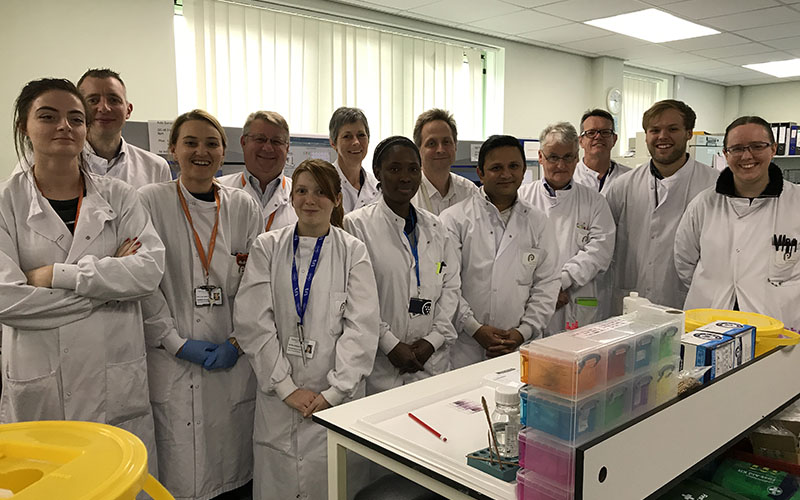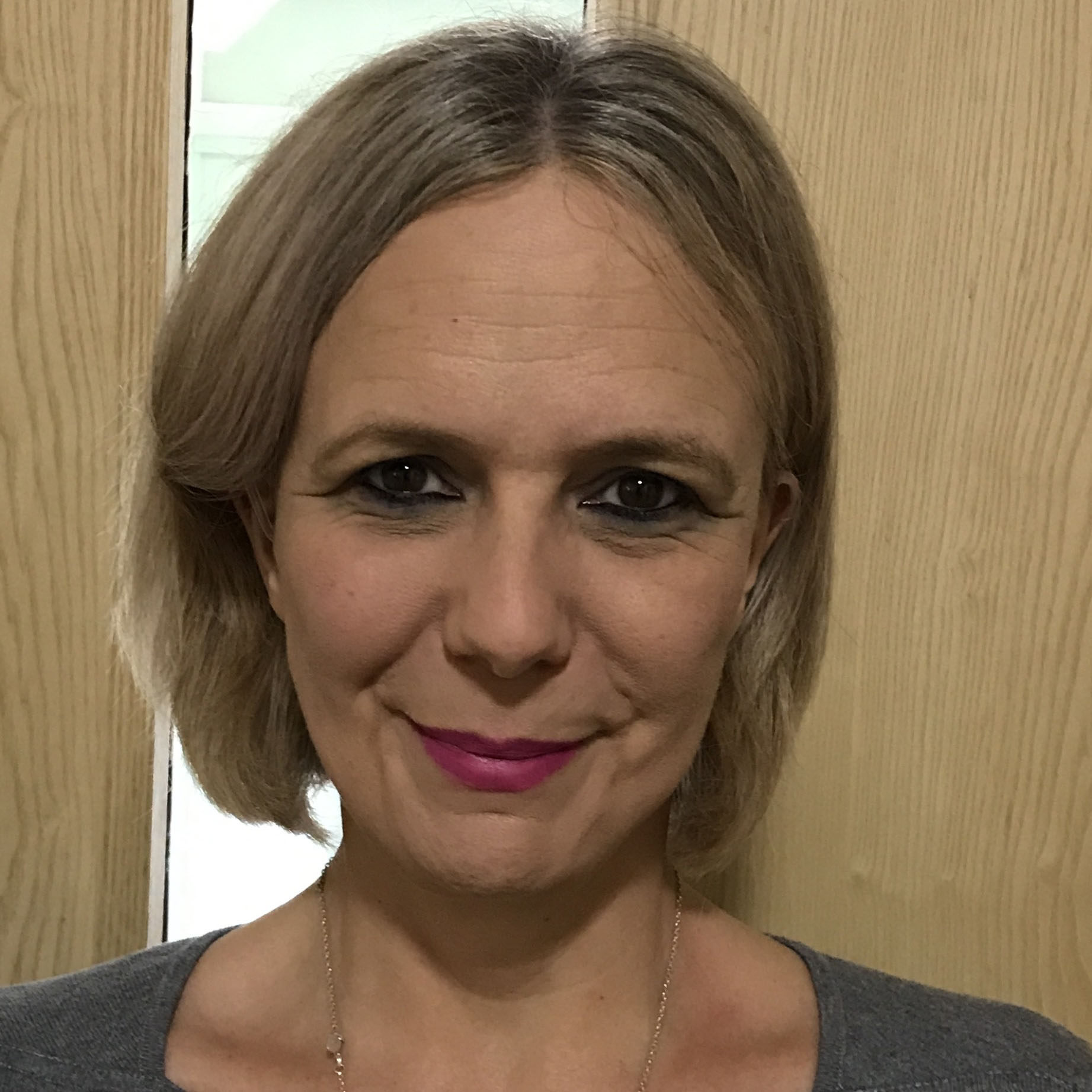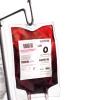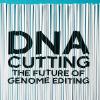Specialist Transfusion Practitioner Michaela Lewin gives a guided tour of her lab at the cardiothoracic hospital in Papworth.


Although I am a biomedical scientist by profession, as a Specialist Transfusion Practitioner I get to appreciate on a daily basis the critical role biomedical science plays in clinical practice, whether its applying my biomedical science knowledge speaking to patients about why they might need a blood transfusion (or how we might help them avoid one), educating clinical staff around safe transfusion practice, auditing compliance with national standards, or trying to be a link between the laboratory and clinical areas.
In the media, positive feedback tends to focus on the frontline clinical staff. I am writing this article not to promote my role, but the fantastic work of “my lab”. As a Transfusion Practitioner one could argue that the lab I’m writing about is not “my lab”, but as we all work as a team, I like to think of them as “our team” – and what a great team they are!
The blood sciences laboratory is located in a pathology building separate to the main hospital, providing a 24-hour service for the patients of Papworth Hospital, which has recently been granted “Royal” status by the Queen.
Papworth, the UK’s largest specialist cardiothoracic hospital and the country’s main heart and lung transplant centre, treats more than 24,000 inpatient and day cases and 73,000 outpatients from across the UK each year.
It is also one of five hospitals commissioned by the National Specialised Commissioning Team to provide extra-corporeal membrane oxygenation to patients with acute respiratory distress syndrome. A specialist team is available 24 hours a day to ensure the sickest of patients can be rapidly stabilised and transferred to Papworth for this life saving very specialist treatment.
We also have a chest medical unit, treating a range of medical conditions, such as interstitial lung disease and cystic fibrosis.
To enable all of this fantastic patient care, the laboratory staff provide the usual but essential “bread and butter” blood science services you would expect a relatively small lab to provide, with the more specialist work (or work which is just simply more cost effective to be done in bulk) referred to Cambridge University Hospitals, about 16 miles down the road.
However, the pace is unpredictable; we have a 33-bed critical care unit – cardiothoracic patients are complex and know how to bleed, and when one patient bleeds, the others often decide to join in! The laboratory staff are multidisciplinary trained and well accomplished to task switching, as they have to be to keep the workflow going.
We don’t have an emergency department, but this does not mean that on a “quiet night” one can sit back and relax, the lab staff have learnt to “expect the unexpected”. Just like any biomedical scientist working in a hospital with acute services, they never know just what might come through the door.
It’s been a challenging time for pathology across the UK, with reorganisation, modernisation and a bit more re-organisation, and Papworth is no exception. The team also has the added uncertainty that comes with working in a hospital that in 11 months time will relocate to a completely new site, with yet more reorganisation. However, despite this, in true devotion to patient care, the team makes sure the show continues to go on safely.




